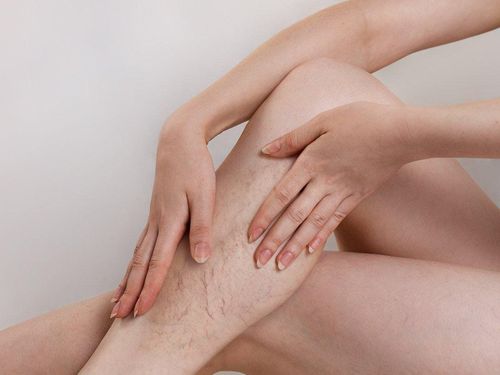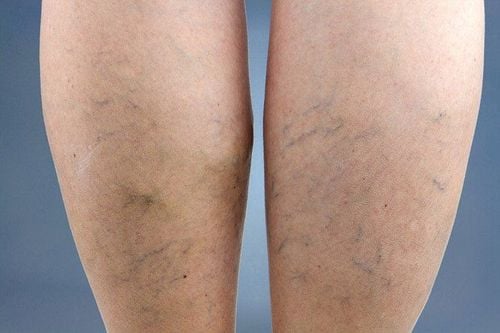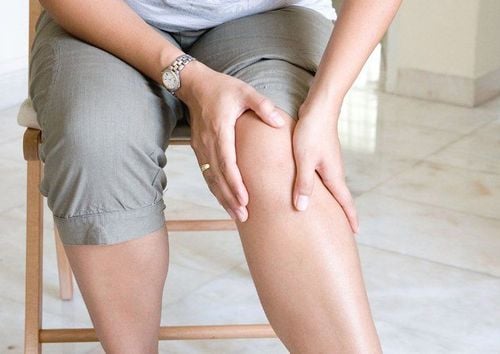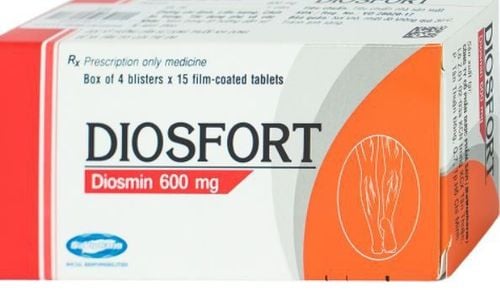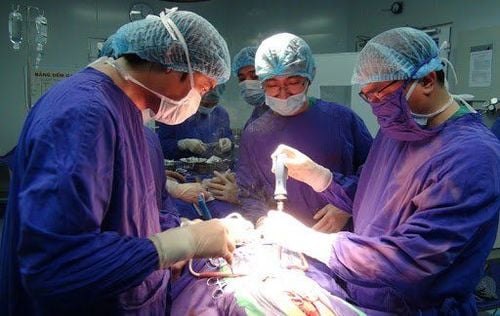This is an automatically translated article.
Although superficial varicose veins of the lower extremities are not life-threatening, they can cause many unpleasant complications, affecting the patient's life and work. Surgery is the most widely used treatment for varicose veins in the lower extremities.1. Learn about superficial varicose veins of the lower extremities
1.1 Where does varicose veins occur? The veins of the lower extremities are divided into 3 systems as follows:
Superficial veins: Located under the skin, including 2 main groups: External saphenous veins (large, located on the inner surface of the thigh from ankle to inguinal fold) and saphenous veins medial (smaller, located from the outer ankle to the heel). Venous insufficiency usually occurs in the superficial veins; Deep Veins: Veins accompanying arteries, not dilated, only inflamed; Peripheral veins: Transport blood from the superficial veins to the deep veins. Chronic superficial venous insufficiency of the lower extremities is a condition in which the superficial veins are dilated, tortuous, prominently under the skin, and have a refluxed flow. Depending on the cause, morphology, varicose veins are divided into groups:
Primary varicose veins: Initially the veins are long, dilated, then lose function; Secondary varicose veins : The venous valves lose function, then the veins become elongated and dilated; Varicose veins in pregnancy: The veins are dilated due to the influence of hormones or the large uterus causes compression of the deep veins. After giving birth, varicose veins may go away on their own; Congenital varicose veins: Due to a defect in the venous valve.

Suy giãn tĩnh mạch ở thai phụ sau khi sinh tình trạng giãn tĩnh mạch có thể tự hết
1.2 Classification of superficial varicose veins of the lower extremities Grade 0: Only functional symptoms; Grade 1: Distal varicose veins, reticular, ankle swelling; Grade 2: Varicose veins; Grade 3: Edema but no signs of skin changes; Grade 4: Dull skin, eczema and scleroderma; Grade 5: Dark skin, eczema, scleroderma with healed ulcers; Grade 6: Dull skin, eczema, scleroderma and active ulceration. 1.3 Symptoms of superficial varicose veins in the lower extremities First stage: Swollen lower extremities, feeling of heaviness in the legs, leg pain, cramps at night. Symptoms of the disease will go away when resting or lying with the legs elevated; Later stage: There are patches of nutritional disorders on the skin, superficial veins under the skin are zigzag, there are episodes of phlebitis causing fever, infection, bleeding trophic ulcers. 1.4 Complications of superficial varicose veins of the lower extremities Blood flow disorders: Causes leg swelling, especially when standing a lot, pain in the back of the lower leg and cramps at night; Dystrophy of the legs: Eczema appears in the lower legs, skin color changes due to blood stasis in the veins for a long time, causing metabolic disorders; Venous bunions: Swollen veins cause heaviness, pain in the legs, blood escaping from the vessels causing leg edema, even visible swollen veins on the skin and bruises on the skin;
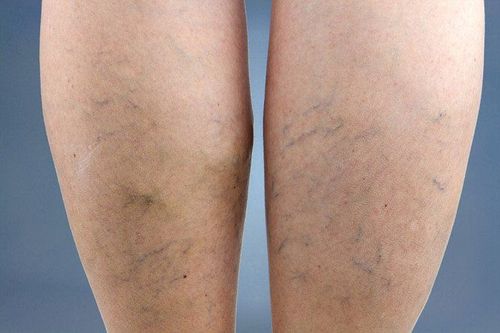
Suy giãn tĩnh mạch nông chi dưới có thể gặp biến chứng làm rối loạn dòng máu chảy khiến chân sưng to
Leg ulcers: Initially, the ulcer can heal on its own, then the disease progresses, the ulcers do not heal on their own, but there is a risk of infection and the treatment is very complicated; Severe complications: Thrombophlebitis causes swollen, hot, red, painful legs, prominent superficial veins, hard inflammation. In the final stage, the entire venous system dilates, causing complete stagnation, leading to trophic ulcers, bleeding, and infection. Even blood clots that form in the veins can leave the veins and return to the heart, causing pulmonary embolism, leading to death. 1.5 Treatment of varicose veins of the lower extremities In the early stages, patients are often prescribed medical stockings to restore the pressure difference between the superficial and deep venous systems through the perforating veins. Then, depending on each case, the patient may be prescribed drugs to stabilize the vessel wall, anti-inflammatory; perform local sclerotherapy.
Where these methods are not effective, the patient is recommended to undergo surgical treatment, including Stripping surgery (removal of the entire varicose vein) or Chivas surgery (removal of small veins in place). or freeze the vein with liquid nitrogen. After surgery, patients should continue to take intravenous stabilizers.
2. Lower extremity varicose vein surgery method
Surgical Stripping (technique using venous drawstrings to remove the entire varicose vein) is a popular treatment for varicose veins of the lower extremities applied today. This method is usually applied to cases of superficial veins that are dilated, tortuous and clearly visible under the skin.
2.1 Indications/contraindications Indications: Superficial varicose veins stage III or higher, medical treatment but ineffective; Contraindications: Similar to general contraindications to surgery: The patient's health is too weak to respond to surgery, the patient has blood clotting problems, the patient is uncooperative,...

Người bệnh có tình trạng không đông máu sẽ chống chỉ định với phẫu thuật giãn tĩnh mạch chi dưới
2.2 Preparing for surgery Personnel performing: Vascular surgeons, surgical assistants, nurses; Equipment: Basic equipment of operating room and Stripper set; Patient: The surgical method is clearly explained, including the need for surgery, the procedure taking place, the risk of possible complications; receive detailed instructions on what to prepare; Medical records: Prepared according to instructions. 2.3 Surgical procedure Patient position: Lie on your back, disinfect both legs wide; Anesthesia: Perform spinal anesthesia; Cut the skin along the midline of the inguinal crease; Exposing the saphenous vein; Ligation of saphenous vein branches; Exposing the lower end of the saphenous vein; Thread the Stripper, pull the Stripper in the direction from top to bottom, drag it to where it is, use a bandage to compress it; Stitch close the incision.
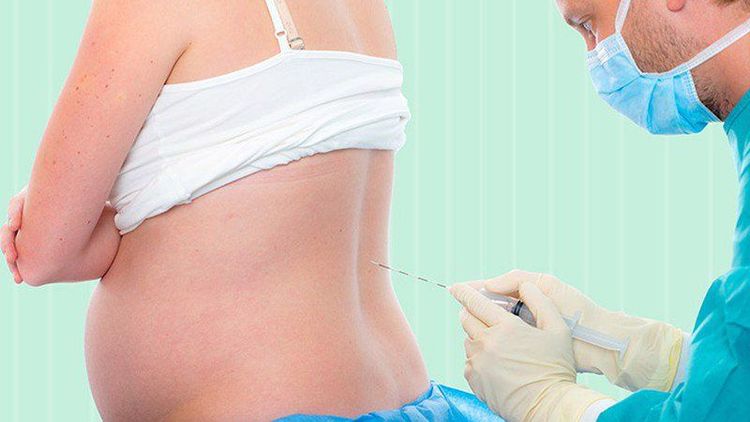
Hình ảnh gây tê tủy sống của bệnh nhân
2.4 Monitoring and dealing with complications Monitor the patient's overall condition, vital signs such as blood pressure, respiration, temperature,...; Management of complications: Patients undergoing surgery for superficial varicose veins of the lower extremities often experience few complications. There may be a hematoma along the path of the saphenous vein, but this usually clears up on its own after a few weeks. Others have paresthesias on the surface of the skin due to the accompanying saphenous nerve damage and will be treated as directed by the treating doctor. Lower extremity varicose vein surgery is a method to help improve the quality of life for patients. When being assigned to perform this technique, the patient needs to strictly follow the instructions of the doctor to treat the disease effectively and minimize the risk of complications.
At Vinmec International General Hospital, there is a package of lower extremity varicose veins examination to help customers with symptoms of the disease receive an in-depth examination to determine the condition of the disease.
Any questions that need to be answered by a specialist doctor as well as customers wishing to be examined and treated at Vinmec International General Hospital, you can contact Vinmec Health System nationwide or register online HERE.




